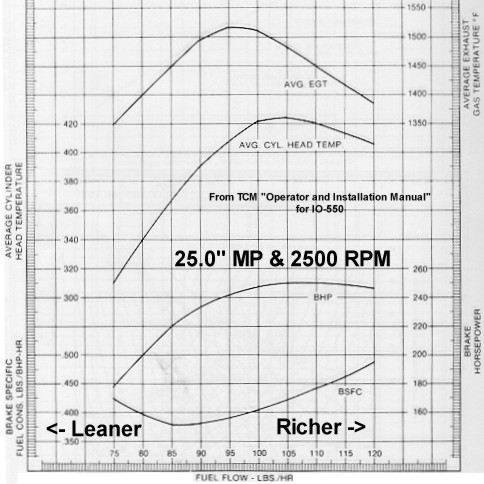What is the BSFC of a Lycoming or Continental engine?
Just for comparison, my V8 is between .40 and .50, with an average burn of .45.
Here are the latest numbers from the dyno runs...
4000 rpm:
24 inches = 345tq 260hp 19.5 gph
22 inches = 324tq 246hp 18.7 gph
21 inches = 303tq 235hp 16.2 gph
3500 rpm:
24 inches = 335tq 220hp 16.5 gph
From 4000 to 3500 the torque values are about the same but the hp drops about 40.
This comes in right at .45 lbs / hp / hr. Right on schedule for a high performance V8.
Just for comparison, my V8 is between .40 and .50, with an average burn of .45.
Here are the latest numbers from the dyno runs...
4000 rpm:
24 inches = 345tq 260hp 19.5 gph
22 inches = 324tq 246hp 18.7 gph
21 inches = 303tq 235hp 16.2 gph
3500 rpm:
24 inches = 335tq 220hp 16.5 gph
From 4000 to 3500 the torque values are about the same but the hp drops about 40.
This comes in right at .45 lbs / hp / hr. Right on schedule for a high performance V8.





